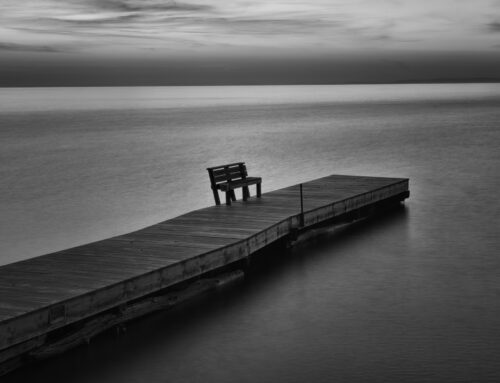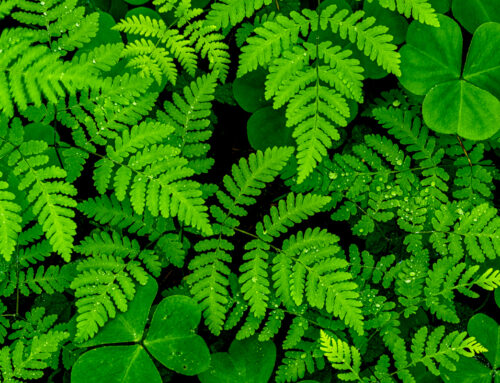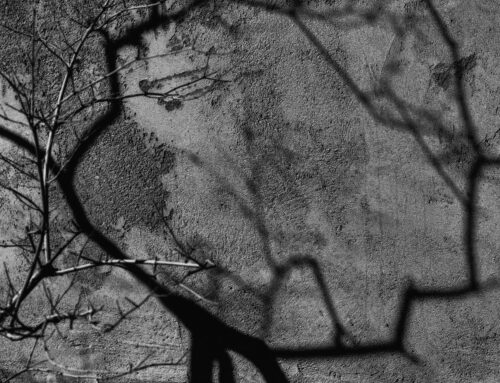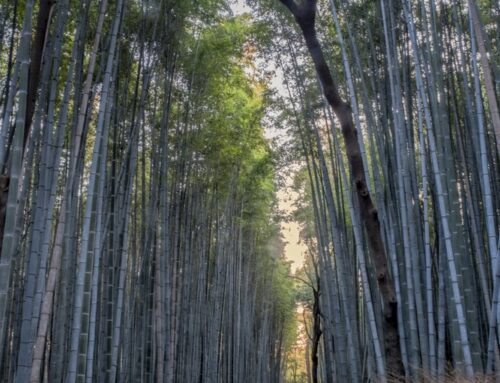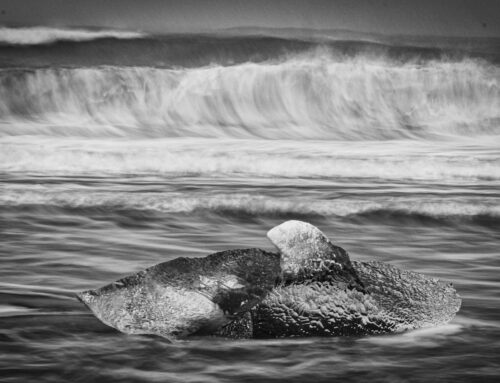
Learning to See is something I always stress in my workshops. I am also always aware of this concept when out alone, with or without my camera. . In photography this concept is that of focusing on a visual element that, within the context of the scene, renders something that we want to communicate to our viewers. There is little doubt that the more you are aware of this concept and practice, the easier it will become.
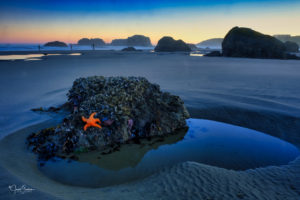 I am often asked how can we train our minds to see an image, something that sparks our interest enough to try and capture it in a photograph? The first thing I always recommend it to slow down and sometimes become very quiet and observe not only the “thing” you are attracted to but all that surrounds it. Many of us, in our daily lives are subjected to evaluating data in a very short amount of time. Often this carries over when we are trying to create art. It’s important to visualize not only the possible interest you are contemplating when attempting to make an image of, but the surroundings and the light. Only by thoughtful contemplation can you see all that is affecting the decision to work the subject and in turn communicate your story. This is the hardest part of visualizing the possible image and the result. Its all the other things within a scene that produces a good photograph, generally affecting the main subject you are working with. To many this is confusing at first. Sometimes slowing down and letting what ever there is you are looking for come to you.
I am often asked how can we train our minds to see an image, something that sparks our interest enough to try and capture it in a photograph? The first thing I always recommend it to slow down and sometimes become very quiet and observe not only the “thing” you are attracted to but all that surrounds it. Many of us, in our daily lives are subjected to evaluating data in a very short amount of time. Often this carries over when we are trying to create art. It’s important to visualize not only the possible interest you are contemplating when attempting to make an image of, but the surroundings and the light. Only by thoughtful contemplation can you see all that is affecting the decision to work the subject and in turn communicate your story. This is the hardest part of visualizing the possible image and the result. Its all the other things within a scene that produces a good photograph, generally affecting the main subject you are working with. To many this is confusing at first. Sometimes slowing down and letting what ever there is you are looking for come to you.
Time is our enemy! There are a few things we are trained to do from the early part of our lives. One is to appropriate out time in the most useful fashion. We are told not to waste time. We are on schedules for a good past of our lives. Think about it. School, jobs and every else requires is to constantly be on a time schedule. Time is the enemy of creativity. We need to slow down, try not to look at our phones or watches and let the creative process happen. If you are in the field and you know you need to be back home in two hours, I can pretty much tell you your chances for making an artistic image is not very high. Its hard to switch this concept on and off.
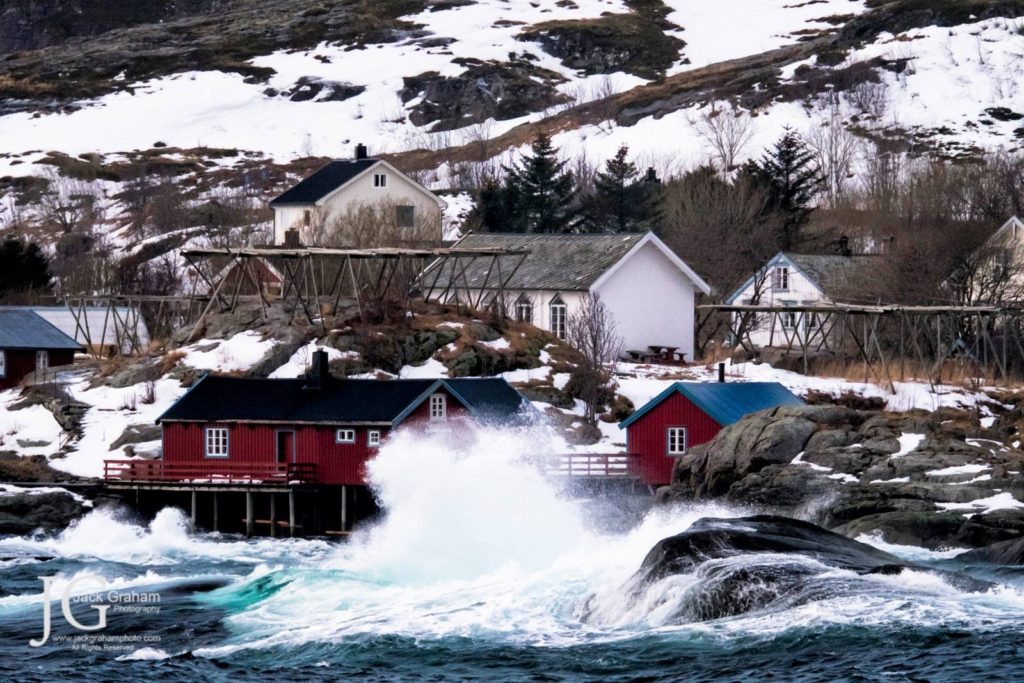
Just as we are trained all our lives to selectively filter out things and hear things important to us, time can deter your ability to evaluate all that must be considered when working on seeing a photograph. For example, on a busy highway we have learned to hear that siren far away. We can pick out certain sounds in places that are very noisy. The factor of time, since our early days, detracts from creativity within the photographic process. In photography we must eliminate things we are accustomed to and look past them. Take notice of what’s around your potential point of interest. This usually doesn’t happen in the moment rather it’s a process of development and experimentation. Eventually you’ll learn to decide what’s important and what should be eliminated in order to render both the concept as well as the subject artistically. Don’t let time and its constraints hinder your creativity. Seeing a possible image doesn’t happen quickly. It’s a personal development all photographers can learn.
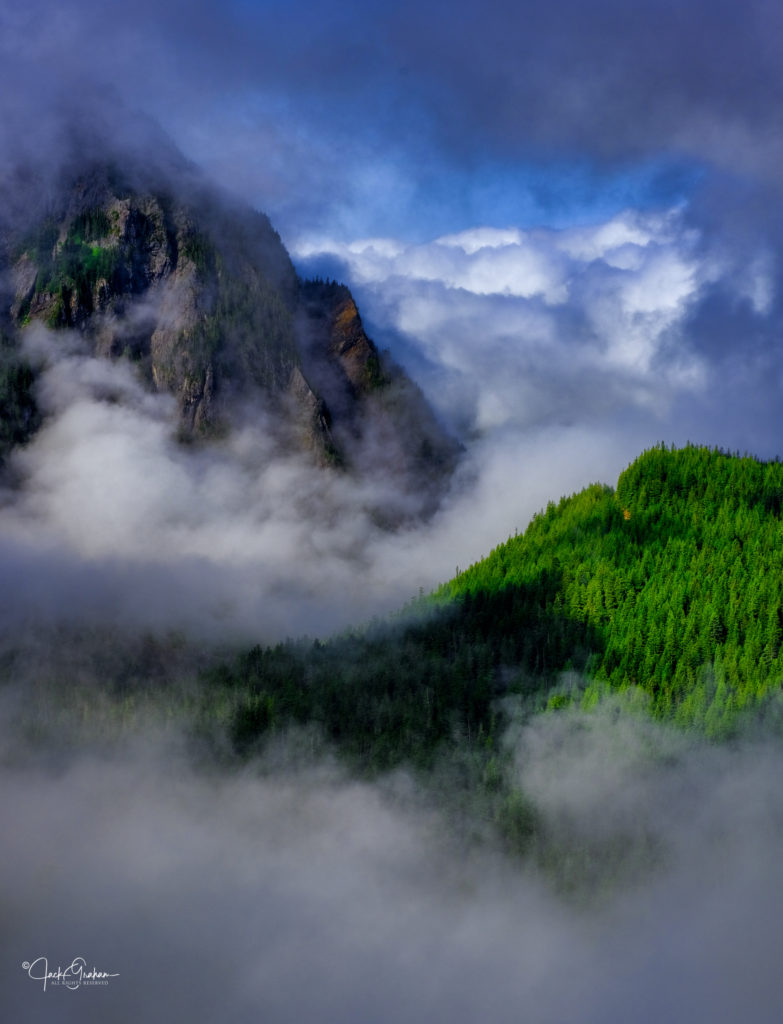 Seeing is what we find connection with. It will be different things to different people. Some may be attracted to brightness and others by soft light etc. What is universal is that we must learn to tell our story by bringing out that which we are moved by. I always allude to the subject, that which is primary, to be like to soloist or the main attraction in the context of music. All the other elements are the orchestra, or accompaniment. The other elements can make or break the story, thus the image.
Seeing is what we find connection with. It will be different things to different people. Some may be attracted to brightness and others by soft light etc. What is universal is that we must learn to tell our story by bringing out that which we are moved by. I always allude to the subject, that which is primary, to be like to soloist or the main attraction in the context of music. All the other elements are the orchestra, or accompaniment. The other elements can make or break the story, thus the image.
It can be challenging to tell your story in a photograph as the viewer can not realize the environment you may be in. There is no sense of smell, sounds etc. in a photograph. Even though these factors are not there we are aware of them and should try and deliver them to the viewer by producing an emotional driven photograph. This is the hard part of seeing a photograph even for well-seasoned image makers.
A Practical Guide to Learning to See and Make Artistic Images
Practice. Understand that practice results in improving your skills. When driving or walking constantly look around and take notice of things that interest you (and things that wouldn’t be of interest!). Looking out your window of your car and saying to yourself “That’s interesting. might make a nice image” is a good habit to develop. It’s also a good idea to walk around in places you like to habit without your camera and just look. Believe me it works.
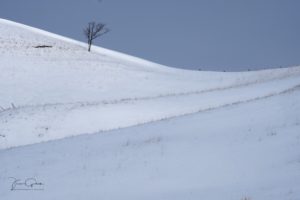 Simplify. Minimize your gear. Too much gear = Too many choices. Using a minimum amount of gear lets you work on seeing, composing and much of what I have talked about already.
Simplify. Minimize your gear. Too much gear = Too many choices. Using a minimum amount of gear lets you work on seeing, composing and much of what I have talked about already.
Simplify. Eliminate comprised images. When you review your work at home do as I do with my workshop students (as well as myself at home), ask yourself, “Does the subject and story revel itself is 5 seconds, or is my eye is moving all over the frame wondering where I should be looking”? If the answer is no, then trash the image. Learn from this and next time in the field think about this process.
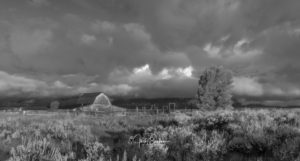 Be Different. If you are in a place that’s been over photographed, which many of us are these days, always challenge yourself to find another way to photograph the scene in a way that you have not seen before. Perhaps go back to these places in dramatic weather. Producing images with originality should be your mission.
Be Different. If you are in a place that’s been over photographed, which many of us are these days, always challenge yourself to find another way to photograph the scene in a way that you have not seen before. Perhaps go back to these places in dramatic weather. Producing images with originality should be your mission.
Be your Toughest Critic. When you make an image you know was successful, ask yourself what was it that I did that worked. Study images of others and ask these questions as well. Take notice of the placement of the visual elements and the use of light. Most seasoned professionals still do this daily.
Be Deliberate. If there is anything that is affecting your image negatively either move on or find a way to eliminate it. Don’t try and think it will not affect the result.
Understand that the difference between a good image and a great image is usually not a lot. Most often it’s the photographer’s ability to see and visualize the final image, and its story that makes the difference. Its not the equipment or software.
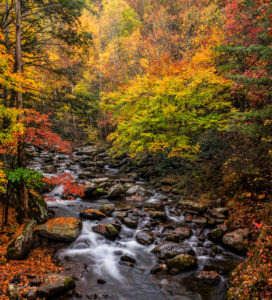
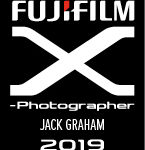 All images and text is © Jack Graham. All Rights reserved
All images and text is © Jack Graham. All Rights reserved
Images made with Fujifilm “X” Series Cameras and Lenses


